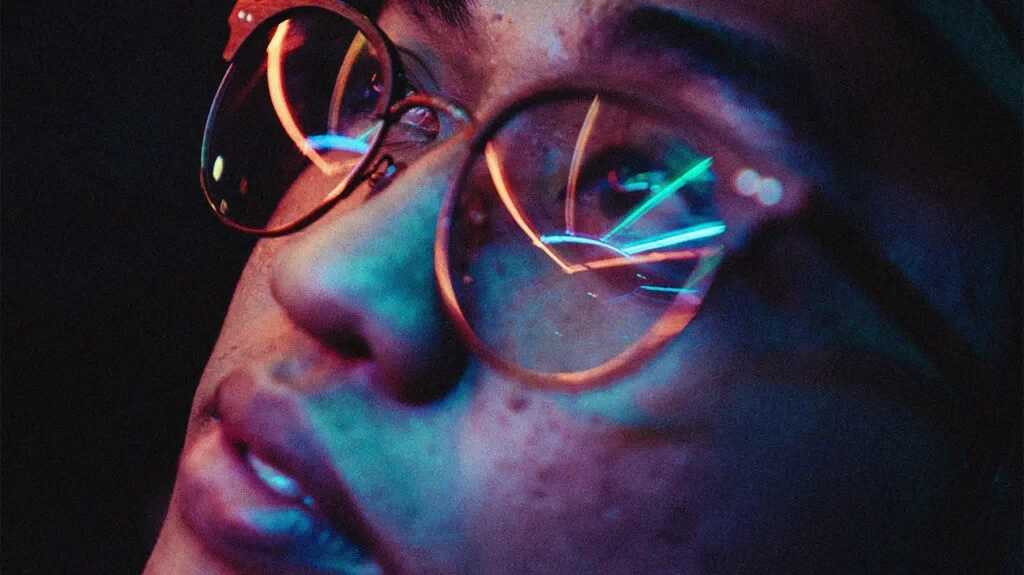
Main Causes of Light Pollution
When we discuss the causes of light pollution, we will discover that we are solely responsible for all of them. For example, city lights at night completely alter the atmosphere of any city. The city lights illuminate the entire atmosphere for the duration of the night, so we will not feel as if it is nighttime.
Light Pollution: What Is It?
Light pollution, also known as luminous pollution or photo pollution, is caused by intrusive, inappropriately placed, or improperly managed artificial outdoor lighting. As a result, the night sky is less visible, circadian rhythms are disrupted, energy resources are wasted, and other negative effects occur.
Light pollution is a high-level environmental problem, just like many other types of pollution (such as air, water, noise, etc.).

Primary Light Pollution Causes
Residential lights
Most people find that a completely dark room helps them sleep better. How unsettling it would be if outside light entered our room. In a residential area, the main sources of this type of light pollution include outdoor lights, spillover, neighboring homes, glaring lights, etc.
Additionally, a study indicated a strong correlation between the use of sleep aids and light pollution from household lighting. As opposed to individuals who sleep uninterrupted by external lights, people who experience such sleep disturbances are more likely to experience insomnia and begin taking medicine.
Vehicle and street lights
Every day, the lights on highways and streets stay on all night. Consider the powerful lights illuminating hundreds of kilometers of roadways every day for nearly 10-12 hours; how much light pollution does this cause? Not only do roadway lights contribute to light pollution, but so do the lights from vehicles driving on the roads.
The light pollution caused by vehicles and street lights creates a massive problem for the environment, affecting the entire surrounding area.

Light pollution at public places
Airports, railway stations, bus stops, and other public places are often equipped with a large and robust lighting system that emits an excessive amount of light into the sky, interfering with natural illumination. As they provide 24-hour services to their customers, these public places are always well-lit, whether day or night. These lights do not even have glare effects, so they emit strong direct light into the environment and are one of the leading causes of light pollution.
Negative impacts
Every living creature is affected by light pollution. Life on Earth revolved around the rising and setting of the sun from the beginning of time until only a few decades ago. That natural rhythm has been completely disrupted, resulting in a slew of consequences.
Risk to our health
Humans have a very strict day-night, wake-sleep cycle, and artificial light can interfere with melatonin production. Insomnia and other sleep disorders can result from this.
Constantly staring at bright lights causes rhodopsin, a photopigment in the rods of the eye, to degenerate. Your eyes can regenerate rhodopsin, but they become less successful over time. This reduces our natural night vision.
Wildlife Ecosystems Disrupted
We are still learning about the effects of the drastic change in lighting on nature, both fauna and flora. What we do know is that artificial lights disrupt nocturnal ecology, including reproduction, nutrition, sleep, and species protection.
Should you have any questions or request a quotation of Rang Dong products, please send us an email to: export@rangdong.com.vn.
Websites: en.rangdong.com.vn and vacuumflask.rangdong.com.vn









